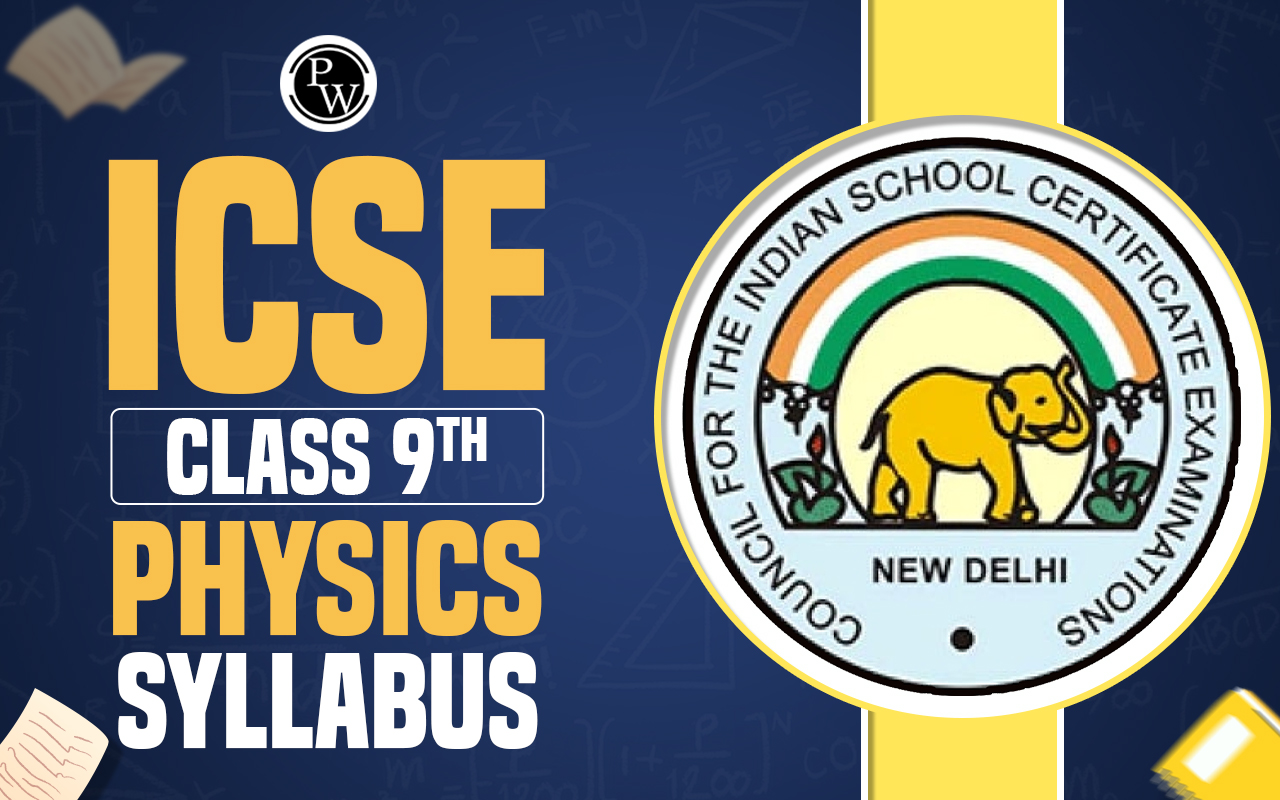

Definition Of Time Dilation
Time Dilation Formula : Time Dilation, a term attributed to Einstein, is the phenomenon wherein time behaves differently for two observers in relative motion. This concept arises from the postulate that the speed of light is consistent across all reference frames. Relevance in Modern Physics Time Dilation is not a mere theoretical construct; it holds practical significance. Notably, it plays a vital role in the precision of the Global Positioning System (GPS). GPS satellites, in motion relative to the Earth's surface, experience slower clock rates due to Time Dilation, which, if uncorrected, would lead to inaccuracies in location data.Time Dilation Formula Explained
Time Dilation Formula: The Time Dilation formula is a fundamental equation in Albert Einstein's Theory of Special Relativity. It describes how time behaves differently for two observers who are in relative motion. The formula is as follows: Δt = Δt₀ / √(1 - (v² / c²)) Where: - Δt is the time experienced by the moving observer. - Δt₀ is the time experienced by the stationary (or "at rest") observer. - v is the relative velocity between the two observers. - c is the speed of light, which is approximately 299,792,458 meters per second in a vacuum. In this formula, as the relative velocity (v) between the two observers increases, the time experienced by the moving observer (Δt) becomes dilated or stretched compared to the time experienced by the stationary observer (Δt₀). This phenomenon is one of the key insights of Einstein's theory and has practical implications in various fields, including high-speed travel and the operation of systems like GPS satellites.Also Check - Tangential Velocity Formula
Understanding the Formula
The formula demonstrates that as the relative velocity (v) between two observers increases, the time experienced by the moving observer (Δt) expands or dilates. This formula underscores the crucial role of the speed of light (c) in these computations.Solved Questions Of Time Dilation Formula
Question 1: A spacecraft is hurtling through space at 85% of the speed of light. How much time passes on the spacecraft for every 10 years that pass on Earth? Step 1: Determine the relative velocity v = 0.85c Step 2: Apply the Time Dilation formula Δt = Δt₀ / √(1 - (v² / c²)) Step 3: Substitute the values Δt = 10 years / √(1 - (0.85)²) Step 4: Calculate Δt ≈ 23.43 years For every 10 years on Earth, approximately 23.43 years pass on the spacecraft.Also Check - Horsepower Formula
Question 2: A particle is accelerated to 99.5% of the speed of light in a particle accelerator. If observed from a stationary laboratory, how much time will elapse on the particle's clock for every 1 minute on the lab's clock? Step 1: Determine the relative velocity v = 0.995c Step 2: Apply the Time Dilation formula Δt = Δt₀ / √(1 - (v² / c²)) Step 3: Substitute the values Δt = 1 minute / √(1 - (0.995)²) Step 4: Calculate Δt ≈ 22.37 minutesAlso Check - Shear Modulus Formula
Question 3: A spaceship is moving at 90% of the speed of light. How much time passes on the spaceship for every 8 years that pass on Earth? Step 1: Determine the relative velocity v = 0.90c Step 2: Apply the Time Dilation formula Δt = Δt₀ / √(1 - (v² / c²)) Step 3: Substitute the values Δt = 8 years / √(1 - (0.90)²) Step 4: Calculate Δt ≈ 24.99 years For every 8 years on Earth, approximately 24.99 years pass on the spaceship. Question 4: A particle is accelerated to 99.9% of the speed of light in a particle accelerator. How much time elapses on the particle's clock for every 2 minutes on the lab's clock? Step 1: Determine the relative velocity v = 0.999c Step 2: Apply the Time Dilation formula Δt = Δt₀ / √(1 - (v² / c²)) Step 3: Substitute the values Δt = 2 minutes / √(1 - (0.999)²) Step 4: Calculate Δt ≈ 44.72 minutes For every 2 minutes on the laboratory clock, approximately 44.72 minutes pass on the particle's clock. Question 5: A rocket is moving at 80% of the speed of light. How much time passes on the rocket for every 5 years that pass on Earth? Step 1: Determine the relative velocity v = 0.80c Step 2: Apply the Time Dilation formula Δt = Δt₀ / √(1 - (v² / c²)) Step 3: Substitute the values Δt = 5 years / √(1 - (0.80)²) Step 4: Calculate Δt ≈ 8.75 years For every 5 years on Earth, approximately 8.75 years pass on the rocket. Question 6: A spaceship is moving at 99.5% of the speed of light. How much time passes on the spaceship for every 2 years that pass on Earth? Step 1: Determine the relative velocity v = 0.995c Step 2: Apply the Time Dilation formula Δt = Δt₀ / √(1 - (v² / c²)) Step 3: Substitute the values Δt = 2 years / √(1 - (0.995)²) Step 4: Calculate Δt ≈ 10.10 years For every 2 years on Earth, approximately 10.10 years pass on the spaceship. Question 7: A high-speed train is traveling at 90% of the speed of light. How much time will elapse on the train for every 15 minutes that pass on a station's clock? Step 1: Determine the relative velocity v = 0.90c Step 2: Apply the Time Dilation formula Δt = Δt₀ / √(1 - (v² / c²)) Step 3: Substitute the values Δt = 15 minutes / √(1 - (0.90)²) Step 4: Calculate Δt ≈ 43.30 minutes For every 15 minutes on the station's clock, approximately 43.30 minutes elapse on the train. Question 8: A spaceship is moving at 99% of the speed of light. How much time passes on the spaceship for every 3 years that pass on Earth? Step 1: Determine the relative velocity v = 0.99c Step 2: Apply the Time Dilation formula Δt = Δt₀ / √(1 - (v² / c²)) Step 3: Substitute the values Δt = 3 years / √(1 - (0.99)²) Step 4: Calculate Δt ≈ 14.14 years For every 3 years on Earth, approximately 14.14 years pass on the spaceship. Question 9: A particle is accelerated to 99.99% of the speed of light in a particle accelerator. How much time elapses on the particle's clock for every 1 hour on the laboratory clock? Step 1: Determine the relative velocity v = 0.9999c Step 2: Apply the Time Dilation formula Δt = Δt₀ / √(1 - (v² / c²)) Step 3: Substitute the values Δt = 1 hour / √(1 - (0.9999)²) Step 4: Calculate Δt ≈ 141.43 hours For every 1 hour on the laboratory clock, approximately 141.43 hours elapse on the particle's clock. Question 10: A spaceship is moving at 75% of the speed of light. How much time passes on the spaceship for every 4 years that pass on Earth? Step 1: Determine the relative velocity v = 0.75c Step 2: Apply the Time Dilation formula Δt = Δt₀ / √(1 - (v² / c²)) Step 3: Substitute the values Δt = 4 years / √(1 - (0.75)²) Step 4: Calculate Δt ≈ 6.93 years For every 4 years on Earth, approximately 6.93 years pass on the spaceship. Time Dilation serves as a captivating testament to the relativity of time, underpinning its relevance and application in modern physics. Understanding the formula and its real-world implications is pivotal for comprehending the intricacies of Einstein's theory. Time Dilation demonstrates the extraordinary and often counterintuitive nature of our universe.Time Dilation Formula FAQs
Is Time Dilation confined to theory, or does it have practical uses?
Time Dilation is not a purely theoretical concept; it has practical applications, such as in the operation of GPS systems.
Can Time Dilation enable time travel?
While Time Dilation allows for variations in the experience of time, it doesn't grant the type of time travel often portrayed in science fiction.
Does Time Dilation have everyday manifestations?
Time Dilation effects are minuscule at everyday velocities but become substantial at relativistic speeds.
What's the link between Time Dilation and Einstein's Theory of Special Relativity?
Time Dilation is a direct outcome of Special Relativity, which introduced the constancy of the speed of light and its far-reaching implications.
🔥 Trending Blogs
Talk to a counsellorHave doubts? Our support team will be happy to assist you!

Free Learning Resources
PW Books
Notes (Class 10-12)
PW Study Materials
Notes (Class 6-9)
Ncert Solutions
Govt Exams
Class 6th to 12th Online Courses
Govt Job Exams Courses
UPSC Coaching
Defence Exam Coaching
Gate Exam Coaching
Other Exams
Know about Physics Wallah
Physics Wallah is an Indian edtech platform that provides accessible & comprehensive learning experiences to students from Class 6th to postgraduate level. We also provide extensive NCERT solutions, sample paper, NEET, JEE Mains, BITSAT previous year papers & more such resources to students. Physics Wallah also caters to over 3.5 million registered students and over 78 lakh+ Youtube subscribers with 4.8 rating on its app.
We Stand Out because
We provide students with intensive courses with India’s qualified & experienced faculties & mentors. PW strives to make the learning experience comprehensive and accessible for students of all sections of society. We believe in empowering every single student who couldn't dream of a good career in engineering and medical field earlier.
Our Key Focus Areas
Physics Wallah's main focus is to make the learning experience as economical as possible for all students. With our affordable courses like Lakshya, Udaan and Arjuna and many others, we have been able to provide a platform for lakhs of aspirants. From providing Chemistry, Maths, Physics formula to giving e-books of eminent authors like RD Sharma, RS Aggarwal and Lakhmir Singh, PW focuses on every single student's need for preparation.
What Makes Us Different
Physics Wallah strives to develop a comprehensive pedagogical structure for students, where they get a state-of-the-art learning experience with study material and resources. Apart from catering students preparing for JEE Mains and NEET, PW also provides study material for each state board like Uttar Pradesh, Bihar, and others
Copyright © 2025 Physicswallah Limited All rights reserved.











